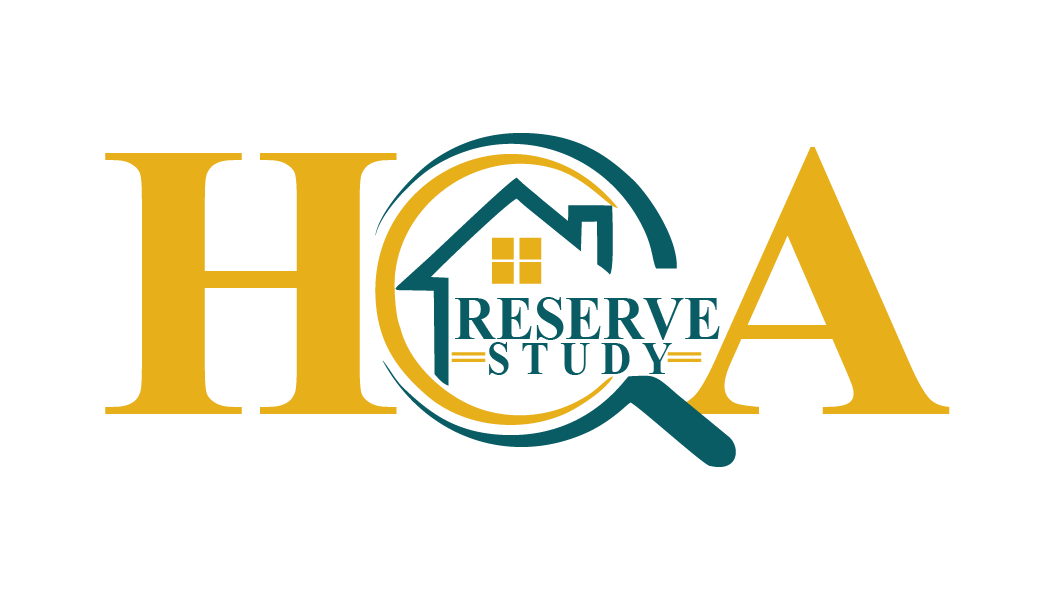About our Level 1
Reserve Study In Detail
What our customers
say about us

Frequently Asked
Question
The physical analysis is a detailed examination of the major common area components, which includes listing each component, estimating its current cost, useful life, and remaining life, and conducting a field report or condition assessment (if necessary for Level 1 or Level 2 Reserve Studies).
The financial analysis comprises a funding study that relies on the information obtained in the physical analysis to determine reserve allocation, percent funded, and cash flow analysis.
In full or level 1 Reserve study includes the following five tasks: First Create a list for components (inventory of components), condition evaluation based on visual on site inspection, creating funding plan, making funding status, and estimation of life and valuation.
The board should ensure statutory compliance and adjust for the unpredictable nature of reserve components by conducting a reserve study that includes an on-site inspection of accessible reserve items at least every three years, with licensed general contractors performing the inspection.
The Reserve Study should not be assumed to be valid for an extended period, despite its 30-year projections. Like any significant budget item, it should be reviewed annually before establishing the budget, as assumptions made during its compilation may not materialize or unpredictable circumstances may occur.
During a property inspection, which occurs after reviewing documents that establish and identify common area assets, the estimated life expectancies and life cycles of common area components are determined based on readily accessible and visible conditions, without any intrusive or destructive investigation. Contacting the component’s contractor or vendor can provide additional information if required.
The cost of a Reserve Study can vary depending on various factors such as the size and complexity of the property, the level of detail required, and the qualifications of the professional performing the study. However, the cost of a Reserve Study is typically a small fraction of the long-term maintenance and replacement costs that it helps property owners avoid.
A Reserve Study provides several benefits to property owners and community associations, including:
– A long-term maintenance plan that helps prevent unexpected repair and replacement costs.
– A funding plan that ensures sufficient funds are available to pay for future maintenance and replacement needs.
– A clear understanding of the condition and remaining useful life of common area components.
– Improved decision-making and transparency for property owners and community associations.
– Increased property values through well-maintained common areas and components.
Conducting a reserve study is essential for protecting your property value, achieving fairness in member contributions, maintaining and improving common areas, and being financially prepared for upcoming expenses.
Common area components are the physical assets that are owned and maintained by a property owner or community association and are used by all owners or tenants. Examples of common area components include roofs, building facades, parking lots, swimming pools, elevators, and landscaping.
















